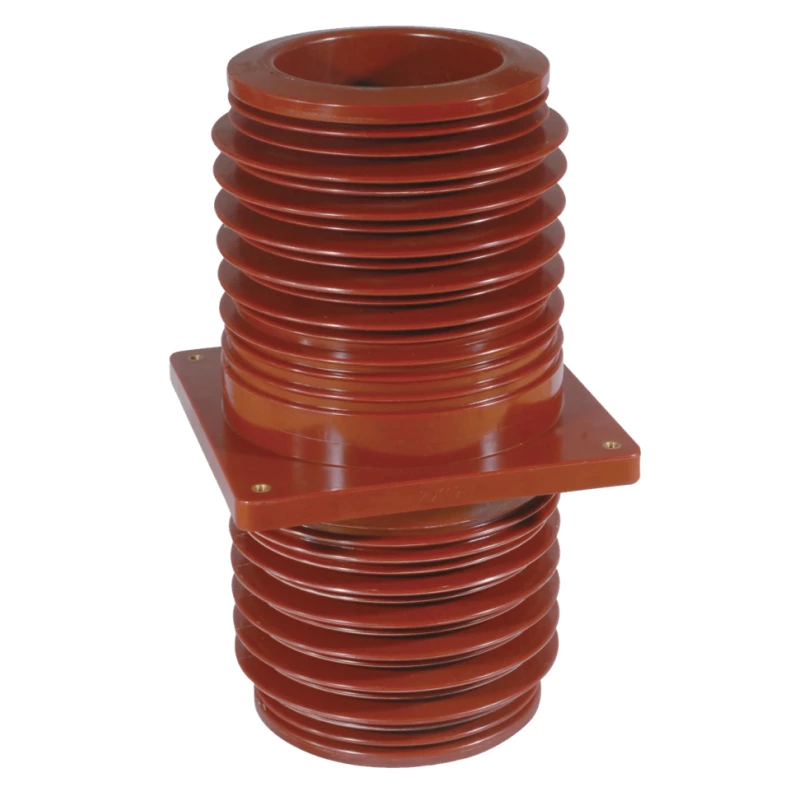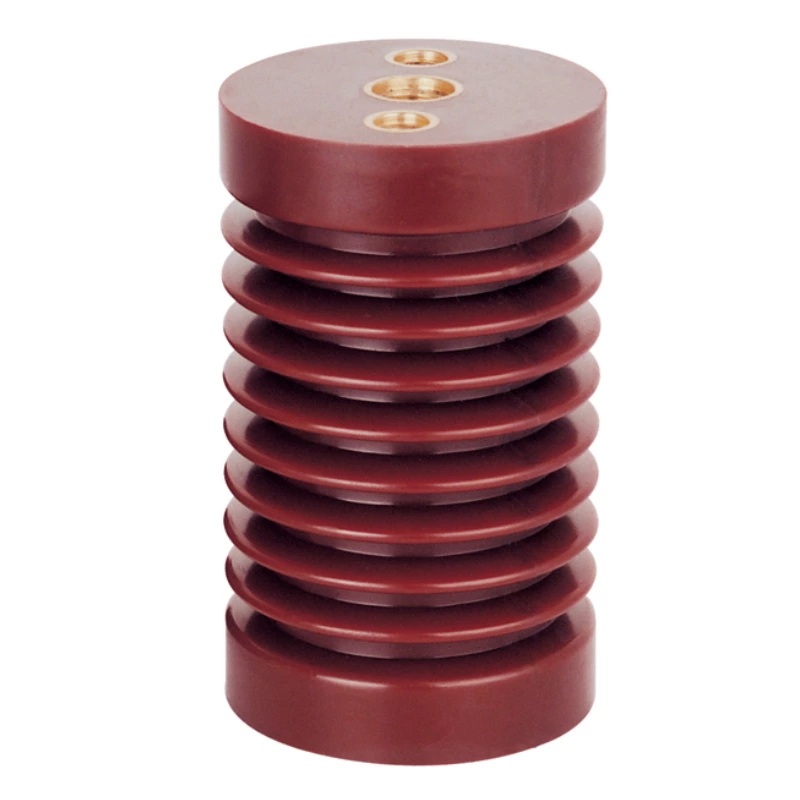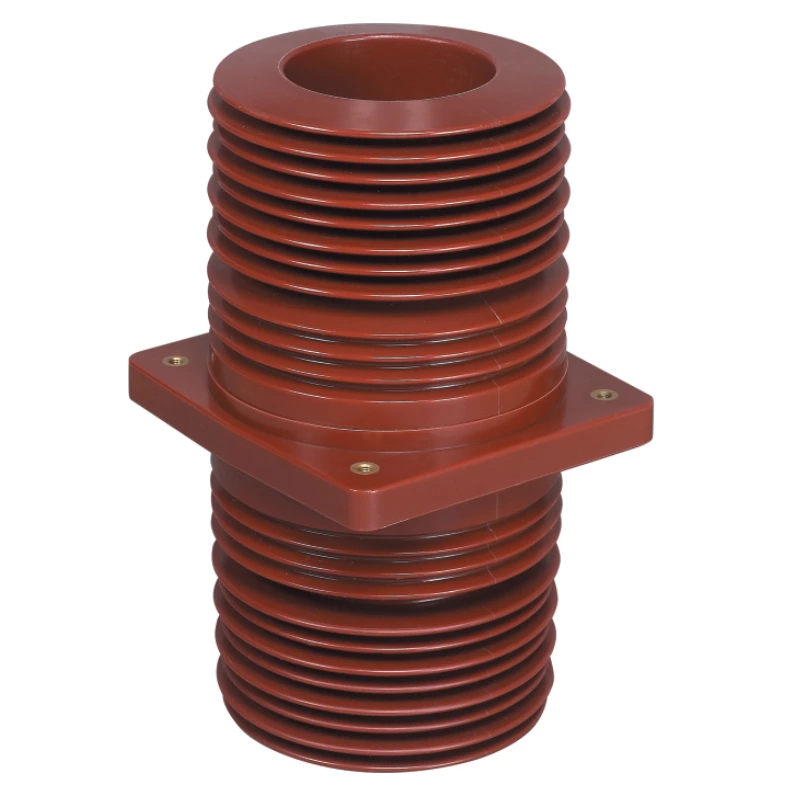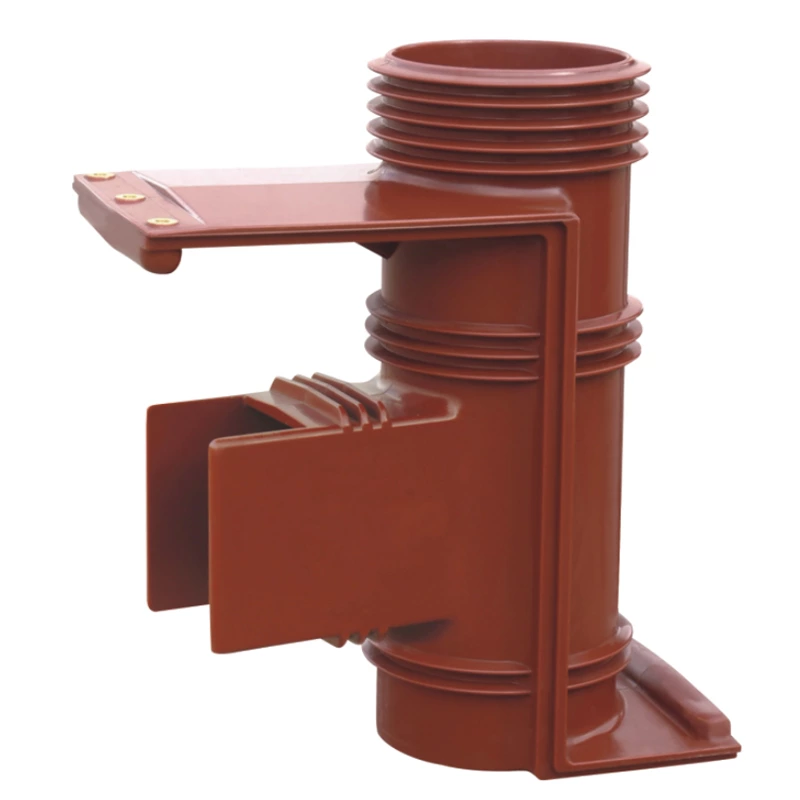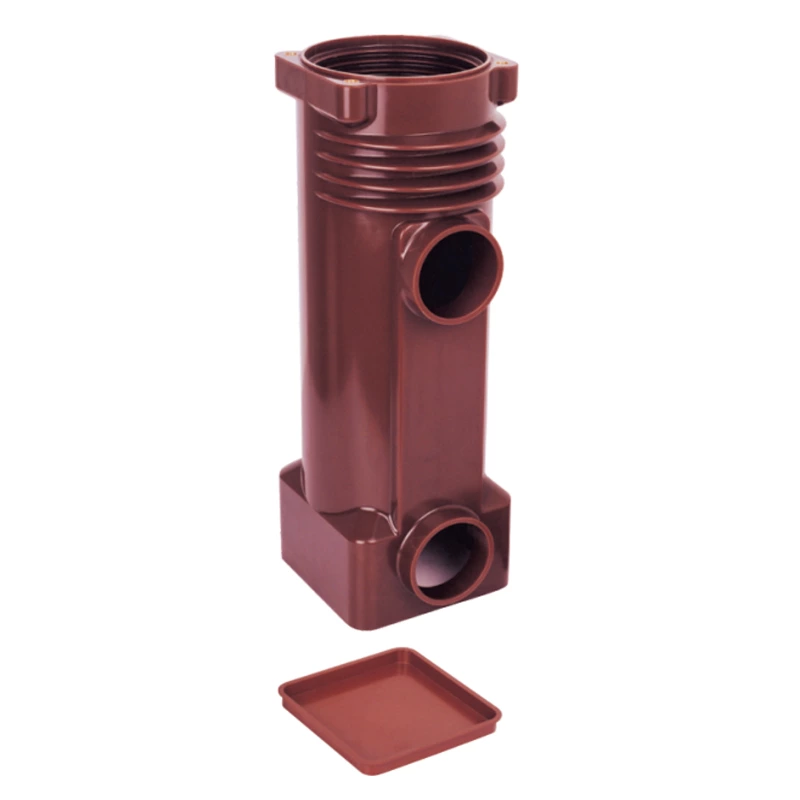Influencing Factors Of Insulation Sleeve
Voltage level is the core factor. Power systems of different voltage levels have clear requirements for the external insulation distance of the bushing. The higher the voltage, the greater the required distance. For example, the external insulation distance of Switchgear Insulating Bushing may only require tens of millimeters, while the 220kV system may require hundreds of millimeters.
Environmental factors cannot be ignored. Humid, dirty, and high-altitude areas will reduce the insulation strength of the air, and the environmental correction factor must be considered during design. For example, the bushing of the same voltage level needs to increase the insulation distance by about 20% in coastal salt fog areas compared with inland dry areas.
Material properties affect design redundancy. Silicone rubber, porcelain or composite insulation materials have different pollution flash resistance capabilities. When selecting materials, the distance needs to be adjusted in combination with the pollution level test data. There was a case showing that the use of inferior composite bushings in a substation caused the actual insulation distance to shrink by 15% compared with the design requirements, and continuous flashover occurred during the thunderstorm season.
